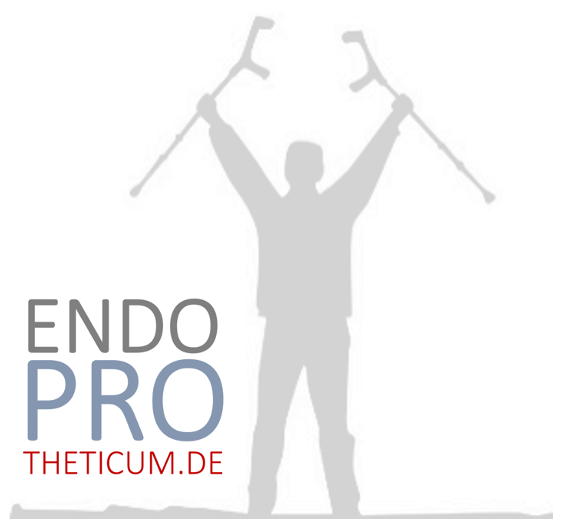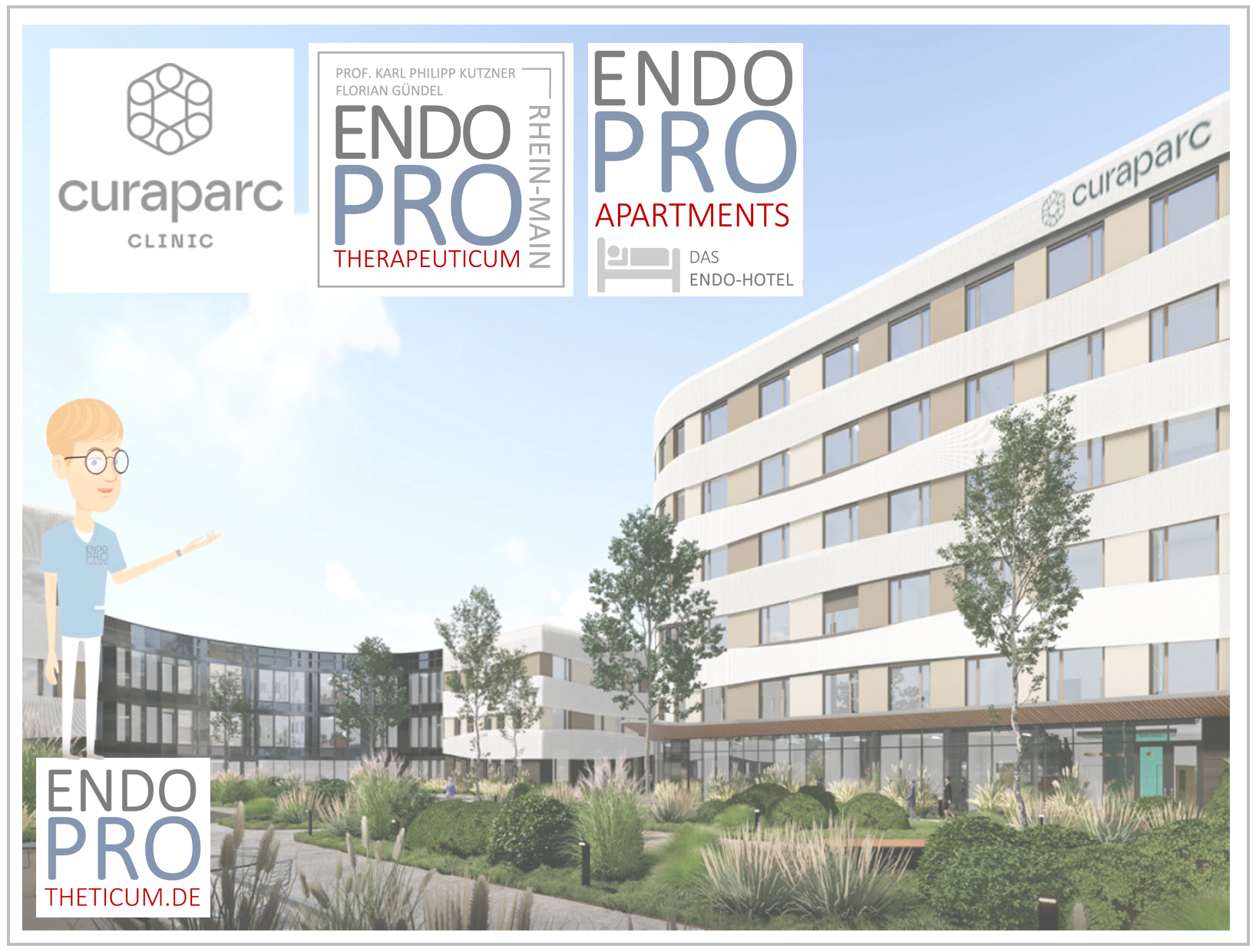Why prehabilitation is the key to faster recovery after arthroplasty
Prehabilitation before an endoprosthesis

In modern medicine, prehabilitation – preparing the patient for an upcoming operation – is becoming increasingly important. Particularly in endoprosthetics, the replacement of joints with artificial implants, it has been shown that targeted prehabilitation can lead to significantly better postoperative results. But why is that so? This blog post examines the different aspects of prehabilitation and shows how it positively influences recovery after arthroplasty.
What is prehabilitation?
Prehabilitation is a preventative rehabilitation program carried out before surgical intervention. The aim is to improve the patient's physical and psychological condition in order to be able to better cope with the stress of the operation. Prehabilitation includes various measures, including targeted exercises, nutritional advice and psychological support.
Goals of prehabilitation
- Improving physical fitness: Targeted exercises strengthen the muscles and increase endurance.
- Optimizing eating habits: A balanced diet can support the healing process.
- Psychological preparation: Reduction of fears and stress before the operation.
- Education of the patient: information about the procedure of the operation and the postoperative rehabilitation.
The influence of prehabilitation on postoperative recovery
Reduction of complications
Studies have shown that prehabilitated patients are less likely to suffer postoperative complications such as infections or thrombosis. This is because better physical condition promotes wound healing and strengthens the immune system.
Shortening hospital stays
Prehabilitated patients can often be discharged from the hospital earlier because they become mobile more quickly and can care for themselves. This not only reduces costs, but also reduces the risk of nosocomial infections.
Faster recovery of functionality
By strengthening muscles and improving general fitness, prehabilitated patients can return to their normal everyday lives more quickly. You are able to implement the postoperative rehabilitation measures better and therefore make progress more quickly.
Improvement in mental health
Psychological preparation helps to reduce fears and stress, which has a positive effect on the healing process. A confident and informed patient is more motivated and committed to postoperative rehabilitation.
Components of a successful prehabilitation program
Physical exercises
A central component of prehabilitation is specific exercises to strengthen muscles and improve mobility. These should be individually tailored to the patient by a physiotherapist. Important exercises include:
- Strength training: exercises to strengthen the leg and core muscles.
- Endurance training: Targeted cardiovascular training to improve general fitness.
- Balance training: exercises to improve stability and reduce the risk of falls.
Nutritional advice
A balanced diet is essential for healing and regeneration of the body. Nutritional advice can help compensate for deficiencies and optimally prepare the patient for the operation. Important aspects are:
- Adequate protein intake: Promotes wound healing and muscle building.
- Vitamins and minerals: Support the immune system and regeneration.
- Hydration: Adequate fluid intake is important for metabolism and healing.
Psychological support
Psychological preparation can take place through counseling sessions, stress management techniques and relaxation exercises. The aim is to increase the patient's mental strength and reduce fears.
Patient education
A well-informed patient is better prepared and can actively participate in their recovery. The explanation should include the following points:
- Procedure of the operation: What the patient can expect and how the procedure works.
- Postoperative Measures: What to do after surgery to aid healing.
- Rehabilitation: Important exercises and behaviors in the postoperative period.
Examples of successful prehabilitation programs
Studies and results
Various studies have examined the effectiveness of prehabilitation in arthroplasty. Here are some results:
- Patients who participated in a four-week prehabilitation program had significantly fewer postoperative complications and a shorter length of hospital stay.
- Another study showed that prehabilitated patients regained full mobility and function more quickly.
- In a meta-analysis, prehabilitation was found to improve postoperative pain relief and increase patients' quality of life.
Conclusion
Prehabilitation is an essential part of successful endoprosthetics. It not only improves the physical fitness and psychological state of the patient, but also contributes to a faster and less complication-free recovery. Through targeted exercises, a balanced diet, psychological support and comprehensive patient education, prehabilitation can significantly accelerate the healing process and sustainably improve the patient's quality of life.
Sources
- Study 1: Smith, J., et al. (2020). "Prehabilitation and its impact on postoperative outcomes in joint replacement surgery." Journal of Orthopedic Research.
- Study 2: Johnson, L., et al. (2019). "The role of preoperative rehabilitation in enhancing recovery after hip and knee arthroplasty." Clinical Rehabilitation.
- Study 3: Brown, R., et al. (2018). "Prehabilitation in patients undergoing total joint replacement: A systematic review and meta-analysis." British Journal of Sports Medicine.
MAKE AN APPOINTMENT?
You are welcome to make an appointment either by phone or online .



























